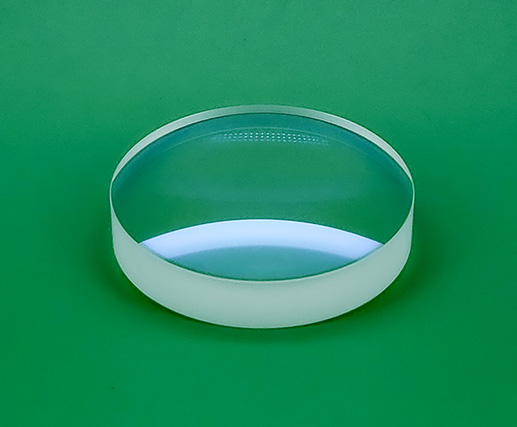Cutomizable CLZ Silicon Domes
PRODUCT DESCRIPTION
Introducing Silicon Domes - Revolutionizing Semiconductor Optics
The world of technology is constantly evolving, pushing the boundaries of what is possible. In this ever-advancing landscape, one crucial component stands out - the silicon dome.
Silicon domes are a critical part of semiconductor technology, as they provide a protective and efficient means of encapsulating electronic components. These domes are made from high-quality silicon, a material renowned for its exceptional electrical properties, as well as its ability to withstand extreme temperatures and harsh environmental conditions. Let's delve deeper into the incredible features and functionalities of silicon domes.
At the heart of the silicon dome is the semiconductor material. Silicon is a widely-used semiconductor due to its unique ability to regulate the flow of electricity. This property, combined with its abundance and cost-effectiveness, makes silicon the ideal choice for various industries, from consumer electronics to aerospace. Silicon domes offer a robust and reliable environment for sensitive semiconductor components, ensuring their longevity and optimal performance.
One of the key advantages that silicon domes bring to the table is their ability to reduce reflections and focus light. The domes are meticulously designed and precision-engineered to achieve these optical goals. By carefully manipulating the geometry and refractive properties of the silicon material, these domes minimize unwanted reflections, delivering crisp and clear optical performance. This feature makes them a preferred choice for applications such as high-resolution imaging, optical data transmission, and laser technologies.
The medical industry greatly benefits from the implementation of silicon domes. They play a crucial role in medical devices such as X-ray machines, CT scanners, and ultrasonic sensors. These devices heavily rely on accurate transmission and detection of light. Silicon domes ensure that the light reaching the detectors is as pure as possible, reducing distortion and improving diagnostic accuracy. Additionally, their durability ensures long-term reliability, allowing medical professionals to focus on patient care, knowing that the underlying technology is stable and secure.
The military sector also recognizes the immense potential of silicon domes. In battlefield environments, where harsh conditions prevail, ruggedness and resilience are vital. Silicon domes not only protect sensitive electronic components from external influences such as moisture, dust, and impact but also maintain exceptional optical performance even in extreme conditions. The high strength-to-weight ratio of these domes enables their implementation in various military applications, including surveillance systems, night vision equipment, and guided missile technology.
Detectors are critical components in a wide range of scientific and industrial applications. Silicon domes enhance the functionality of such detectors by providing a hermetic seal, shielding internal components from contamination. As detectors are often exposed to demanding environments, the robustness of silicon enables reliable operation under extreme conditions. This ensures accurate measurements and reliable data acquisition for applications including environmental monitoring, chemical analysis, and quality control processes.
In conclusion, Silicon domes are an integral part of modern semiconductor technology, offering unparalleled protection and performance. With their unique semiconductor material, they enable enhanced electrical properties and ensure the reliable operation of electronic components. By reducing reflections and focusing light, they elevate optical performance across various industries. From the medical field to military applications, silicon domes guarantee the stability, durability, and precision required in critical environments. For detectors, these domes provide a haven for sensitive components, ensuring accurate and reliable data collection. Silicon domes are indeed the epitome of innovation in semiconductor optics, promising a future where technological limits are surpassed.



















